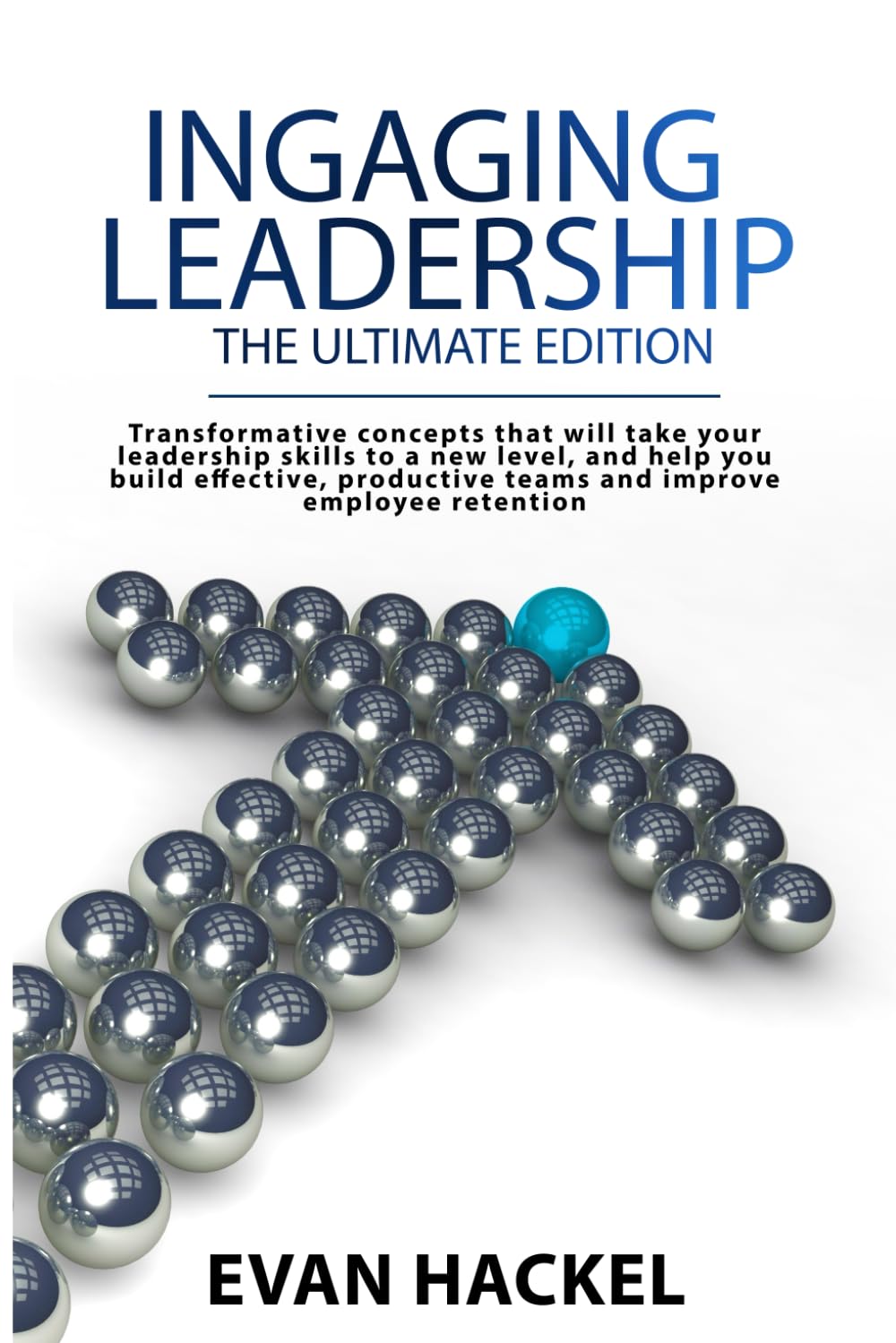How does a well-implemented safety and health program affect employee retention?
As a business owner or executive you can focus on cutting hard costs like Medigap Plans to lower costs and increase profit or you can focus on soft costs like Employee Retention and Engagement benefits.
The Impact of a Well-Implemented Safety and Health Program on Employee Retention and Profitability for Business Owners & Executives.
In today’s competitive business environment, employee retention has become a critical component of sustaining profitability and long-term success. High turnover rates can negatively impact organizational performance through recruitment and training costs, disruption of productivity, and loss of institutional knowledge. However, one often overlooked factor that plays a vital role in employee retention is the implementation of comprehensive safety and health programs.
For business owners, the financial implications of a well-designed safety and health program extend beyond merely reducing injury-related costs. A well-implemented safety and health program positively influences employee morale, productivity, and overall organizational culture, all of which have profound effects on employee retention and, consequently, profitability. This thesis aims to explore the correlation between effective safety and health programs and employee retention, highlighting the direct and indirect impacts on profitability for business owners.
1. The Cost of Employee Turnover and Its Impact on Profitability
Employee turnover is a costly issue for businesses, with turnover-related expenses including recruitment, hiring, and onboarding new employees, as well as the productivity losses incurred during the transition period. Research estimates that replacing an employee can cost anywhere from 20% to 150% of their annual salary, depending on their role and level of expertise. High turnover rates can also damage company reputation, making it harder to attract skilled talent, thereby increasing hiring costs even further.
Conversely, high retention rates are directly correlated with increased profitability, as long-serving employees contribute to organizational continuity, productivity, and the development of human capital. Employees who remain with the company longer bring accumulated experience, reduce training needs, and are more likely to be engaged and invested in the company’s success.
2. Linking Safety and Health Programs to Employee Retention
A well-implemented safety and health program creates a safer, healthier, and more supportive work environment, which in turn fosters employee satisfaction, engagement, and loyalty. When employees feel that their health and safety are prioritized by their employer, they are more likely to view the company as a long-term career prospect, reducing turnover rates.
a. Perception of Care and Well-Being
The implementation of safety and health programs signals to employees that their employer values their well-being, both physically and mentally. This perception of care is a powerful driver of employee loyalty, as it enhances job satisfaction and promotes trust in the organization. Employees are more likely to stay with a company where they feel safe and valued.
A study by the National Safety Council (NSC) found that organizations with comprehensive safety programs report a 52% increase in employee satisfaction, which directly correlates with retention rates. When employees feel that their well-being is prioritized, they are less likely to seek alternative employment opportunities, leading to long-term retention.
b. Reduction in Workplace Injuries and Absenteeism
Safety and health programs directly reduce workplace injuries, illnesses, and absenteeism. This has an immediate impact on retention, as employees in safe environments are less likely to leave due to health concerns or dissatisfaction with workplace safety standards. Reduced injury rates also lower the need for temporary replacements or extended leave periods, thus maintaining workforce stability.
For business owners, this reduction in absenteeism means less disruption to operations, improved productivity, and lower costs associated with workers’ compensation and insurance premiums. Moreover, healthier employees are less prone to burnout, another key factor in voluntary turnover.
c. Boosting Morale and Engagement
Engaged employees are more likely to stay with their employer for the long term, and safety and health programs play a crucial role in fostering that engagement. A Gallup study found that engaged employees are 59% less likely to seek new jobs compared to their disengaged counterparts. Safety and health initiatives that focus on ergonomics, stress management, and mental health support improve not only physical well-being but also contribute to emotional resilience and job satisfaction.
Programs that encourage employee participation in safety initiatives further enhance engagement. When employees are actively involved in identifying and addressing workplace hazards, they feel a sense of ownership and responsibility towards the organization’s success, deepening their commitment to the company.
3. Economic Benefits of Employee Retention Through Safety Programs
The economic benefits of a well-implemented safety and health program extend beyond reducing direct costs associated with injuries and absenteeism. Retaining experienced and skilled employees provides businesses with competitive advantages that drive profitability.
a. Higher Productivity
Retaining employees who are experienced, skilled, and familiar with the company’s operations naturally leads to higher productivity. Long-term employees are more efficient in their roles, have better problem-solving abilities, and require less oversight. Conversely, high turnover leads to decreased productivity as new hires undergo training and acclimatization, while experienced employees are often diverted to provide support for onboarding processes.
b. Lower Recruitment and Training Costs
As mentioned, employee turnover incurs significant recruitment and training costs. These costs can be minimized by improving retention through comprehensive safety and health programs. Business owners benefit from reduced spending on advertising vacancies, interviewing candidates, and conducting training sessions for new hires. Long-term employees, already well-versed in safety protocols and operational procedures, also require less ongoing training, further reducing costs.
c. Enhanced Employer Brand and Talent Attraction
A strong safety and health culture is not only beneficial for retention but also for talent attraction. In competitive labor markets, top talent seeks employers that prioritize well-being, job security, and a supportive work environment. Companies with a reputation for excellent safety and health programs can differentiate themselves from competitors, making it easier to attract and retain high-quality candidates, thus lowering the cost of talent acquisition.
Moreover, companies with low injury rates and strong safety records tend to have lower workers’ compensation insurance premiums, directly boosting profitability. A safer workplace equates to fewer compensation claims, which, over time, leads to lower insurance rates and a reduction in related administrative costs.
4. Improved Organizational Culture and Long-Term Profitability
Safety and health programs are not just about compliance or injury prevention; they contribute to the development of a positive organizational culture. A strong safety culture is linked to enhanced teamwork, communication, and trust among employees. When employees feel physically and emotionally safe, they are more likely to collaborate, innovate, and contribute to the company’s long-term goals.
In terms of profitability, a well-developed organizational culture translates into sustained business growth, as satisfied employees deliver better performance, contribute innovative ideas, and exhibit higher levels of customer service. This enhances customer loyalty and, in turn, revenue generation.
Conclusion
For business owners, a well-implemented safety and health program is not just a regulatory requirement but a strategic investment that significantly impacts employee retention and overall profitability. By reducing workplace injuries, improving employee morale, fostering engagement, and lowering turnover costs, companies can build a loyal, skilled workforce that contributes to long-term financial success.
Ultimately, the economic benefits of retaining employees through comprehensive safety and health programs extend far beyond cost savings; they drive productivity, enhance the company’s reputation, and solidify its competitive position in the marketplace.
Here are additional ways companies can save money on medical expenses, improve workforce health, reduce absenteeism, and create a happier, more productive work environment: (You may even choose a Executive Career Upgrade Programs) to show you are developing and investing in your teams longevity.
1. Implement Workplace Wellness Programs
Offering wellness programs that encourage employees to adopt healthier habits can lead to reduced healthcare costs and a healthier, more productive workforce. Wellness initiatives can include on-site fitness centers, gym membership subsidies, health education workshops, and wellness challenges focused on exercise, weight loss, or nutrition.
Benefits:
- Reduced healthcare claims due to healthier employees
- Increased employee engagement and morale
- Lower absenteeism and higher productivity
2. Offer Preventative Health Screenings
Providing access to preventative care such as annual physicals, biometric screenings, flu shots, and vaccinations can detect potential health issues early, reducing the need for more expensive treatments later. These screenings can also encourage employees to make lifestyle changes that improve their overall health.
Benefits:
- Early detection of health issues lowers long-term treatment costs
- Healthier employees lead to fewer sick days
- Higher productivity from a more engaged workforce
- Help your team plan for retirement with Personal Financial Planning and debt management.
3. Telemedicine Services
Telemedicine allows employees to consult healthcare professionals remotely, reducing the need for in-person visits to doctors or emergency rooms. This can significantly cut down on medical expenses and time away from work. Companies can offer telemedicine services as part of their health plans, giving employees access to virtual care options.
Benefits:
- Reduced healthcare costs due to fewer in-person visits
- Improved access to care, especially in remote locations
- Reduced absenteeism as employees can receive care without leaving work
4. Encourage Mental Health Support
Mental health issues such as stress, anxiety, and depression can negatively impact productivity and increase absenteeism. Offering mental health resources like Employee Assistance Programs (EAPs), counseling services, or mental health days can promote emotional well-being.
Benefits:
- Reduced absenteeism and turnover due to mental health challenges
- Increased employee satisfaction and retention
- More engaged, focused, and productive workforce
5. Flexible Work Schedules or Remote Work
Allowing flexible schedules or remote work options can improve employee well-being, reduce stress, and increase job satisfaction. By giving employees more control over their work-life balance, companies may reduce burnout and absenteeism while boosting productivity.
Benefits:
- Reduced stress and improved work-life balance
- Lower absenteeism and turnover
- Higher employee satisfaction and productivity
6. Offer Health Savings Accounts (HSAs)
HSAs allow employees to save pre-tax dollars for medical expenses, which can reduce taxable income for both the employee and the company. Paired with high-deductible health plans, HSAs provide a tax-efficient way to manage healthcare costs.
Benefits:
- Lower healthcare expenses due to tax savings
- Encourages employees to make cost-conscious healthcare decisions
- Offers long-term savings for employees’ medical needs
7. Incentivize Healthy Behavior
Offering incentives or rewards for employees who engage in healthy behaviors, such as quitting smoking, losing weight, or participating in fitness programs, can create a culture of health and wellness. Incentives can include gift cards, bonuses, or additional vacation days for employees who meet health goals.
Benefits:
- Reduced medical expenses due to healthier employees
- Higher employee engagement and motivation
- A culture that promotes health and productivity
8. On-Site Health Clinics
Some companies invest in on-site health clinics to provide employees with easy access to basic healthcare services, such as primary care, urgent care, or occupational health services. This reduces the need for employees to take time off work for medical appointments.
Benefits:
- Lower healthcare costs by reducing off-site medical visits
- Quicker access to care, reducing absenteeism
- Enhanced productivity by addressing health concerns promptly
9. Promote a Healthy Work Environment
Creating a workspace that promotes physical and mental health can increase employee productivity and satisfaction. Ergonomic workstations, standing desks, natural lighting, and access to healthy snacks in the office all contribute to a healthier work environment.
Benefits:
- Reduced strain and fatigue among employees
- Fewer workplace injuries or health-related complaints
- Increased energy levels and productivity
10. Smoking Cessation Programs
Offering smoking cessation support can significantly reduce healthcare costs associated with smoking-related illnesses. Smoking cessation programs, combined with incentives for quitting, help employees lead healthier lives.
Benefits:
- Reduced healthcare claims related to smoking-related diseases
- Lower absenteeism due to smoking-related health issues
- Improved overall workforce health and reduced secondhand smoke exposure
11. Encourage Physical Activity
Encouraging employees to be more active can lead to better health outcomes and reduced medical expenses. This can include offering standing meetings, sponsoring walking groups, or providing on-site fitness classes.
Benefits:
- Healthier employees, leading to fewer medical claims
- Increased productivity and energy levels
- Stronger team bonding and morale
12. Provide Healthy Food Options
Offering healthier snacks and meal options in the workplace can positively impact employee health. Stocking office kitchens with nutritious snacks or subsidizing healthy meal options in the cafeteria can encourage employees to make healthier eating choices.
Benefits:
- Better nutrition reduces the risk of chronic illnesses
- Increased energy and focus during work hours
- Fewer long-term healthcare expenses related to poor diet
13. Ergonomics and Injury Prevention Programs
Investing in ergonomic workstations and promoting proper posture can reduce musculoskeletal disorders, which are a leading cause of workplace injuries and absenteeism. Offering training on proper lifting techniques and posture can prevent injuries and save on medical expenses.
Benefits:
- Reduced injury-related healthcare costs
- Fewer workers’ compensation claims
- Increased productivity from a healthier workforce
14. Offer Paid Time Off (PTO) for Health-Related Appointments
Encouraging employees to use paid time off for preventative healthcare appointments can lead to early detection of health issues, reducing long-term medical costs. PTO policies that support regular checkups can also reduce the likelihood of serious illnesses developing unnoticed.
Benefits:
- Early detection of health problems reduces long-term costs
- Healthier employees take fewer sick days
- Increased employee satisfaction with a supportive workplace policy
15. Financial Wellness Programs
Financial stress is a leading cause of poor health, absenteeism, and reduced productivity. Offering financial wellness programs that help employees manage their finances, reduce debt, and plan for the future can indirectly improve their overall well-being.
Benefits:
- Reduced absenteeism due to financial stress
- Improved mental health and well-being
- Increased employee engagement and productivity
Conclusion
By implementing a combination of these strategies, companies can significantly reduce medical expenses, improve workforce health, and create a happier, more productive work environment. Each of these initiatives contributes to a healthier, more engaged workforce, which translates into cost savings and improved business performance in the long run.











